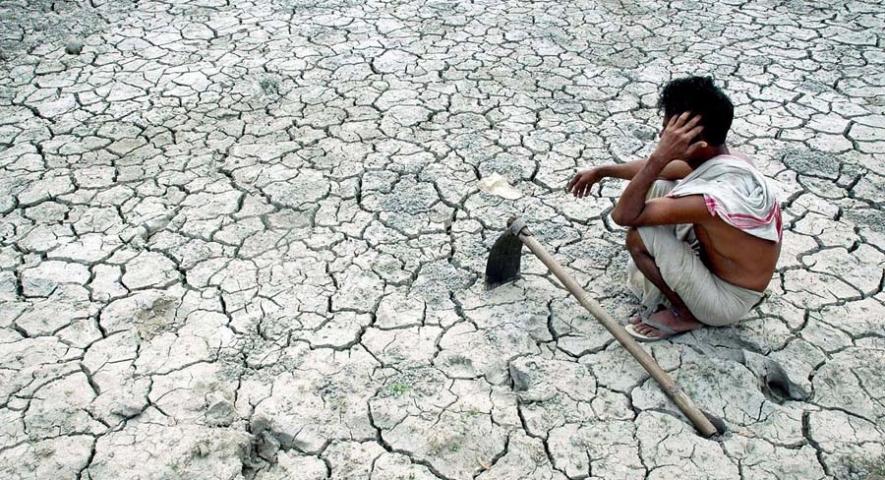Us Farm Subsidies Explained. There are three main types of farm subsidies in the us. It was enacted into law in december 2018 and expires in 2023.
1 these subsidies help reduce the risk farmers endure from the weather, commodities brokers, and disruptions in demand. Federal government to certain farmers and agribusinesses. The essence of a farm subsidy is giving tax dollars to farmers to help supplement their incomes, pay for equipment, and other farm costs. Subsidies are restricted to farmers with incomes below $2.5 million, and an individual's subsidy may not exceed $180,000 per farm or $360,000 for up to three farms. Today's farms have all the advantages of modern business.

This loan can help with paying closing costs, constructing or improving buildings on the farm, or to help conserve and protect soil and water resources.
While some people consider this aide vital to the u.s. The primary federal subsidy for wind is a tax credit known as the production tax credit, or ptc, which offers wind facilities and some other renewables a small tax credit for every kilowatt hour of. Poll — should congress subsidize america's farms? It's just a matter of figuring out how to make. Each farm bill has a unique title, and the current farm bill is called the agriculture improvement act of 2018. Fifty members of the forbes 400 list of wealthiest americans have received farm subsidies, according to the group, including david rockefeller sr. Meanwhile, insurance and commodity support programs under the new us farm bill protect american farmers at roughly the same cost as previous farm subsidies. Moreover, rashid explained that such support offers a poor model for developing countries. After all, they are located in one of the world's most favorable geographic regions. Today's farms have all the advantages of modern business. What about in the us? Subsidies originated during the great depression and the dust bowl catastrophe of the 1930s, when there was a genuine fear that the nation's agricultural sector was on the brink of collapse. Indeed, agriculture subsidies are basically a huge transfer of wealth from the poor to the rich.
Farmers receive these payments irrespective of the market price of what they produce, and even without regard to whether. After all, they are located in one of the world's most favorable geographic regions. Many experts argue that u.s. 1 these subsidies help reduce the risk farmers endure from the weather, commodities brokers, and disruptions in demand. In the united states, president franklin d.

Today's farms have all the advantages of modern business.
Agriculture subsidies payments by the federal government to producers of agricultural products for the purpose of stabilizing food prices, ensuring plentiful food production, guaranteeing farmers' basic incomes, and generally strengthening the agricultural segment of the national economy. Meanwhile, insurance and commodity support programs under the new us farm bill protect american farmers at roughly the same cost as previous farm subsidies. The essence of a farm subsidy is giving tax dollars to farmers to help supplement their incomes, pay for equipment, and other farm costs. 1 these subsidies help reduce the risk farmers endure from the weather, commodities brokers, and disruptions in demand. Federal government to certain farmers and agribusinesses. What about in the us? Nearly every industrialized nation on earth subsidizes agriculture to some extent. After all, they are located in one of the world's most favorable geographic regions. It's a similar story in the us, where tens of billions of dollars are given to farmers every year. Corn, soybeans, cotton, sugar, milk, and many more. The primary federal subsidy for wind is a tax credit known as the production tax credit, or ptc, which offers wind facilities and some other renewables a small tax credit for every kilowatt hour of. Similarly, wind and solar power subsidies are set to phase out in 2019 and 2022, respectively. The public is providing more than $1m per minute in global farm subsidies, much of which is driving the climate crisis and destruction of wildlife, according to a new report.
Moreover, rashid explained that such support offers a poor model for developing countries. Federal government provides farm subsidies (also called agricultural subsidies) to help farmers manage the production and maintenance costs of running their businesses. Similarly, wind and solar power subsidies are set to phase out in 2019 and 2022, respectively. It's a way to make sure production stays high, and prices stay low. Since the great depression, the federal government has played a role in aiding the nation's farms through subsidies, including direct payments, crop insurance, and loans.

Jesse and tracey paul purchased a farm using a farm ownership loan.
The first type is known as direct payments which are based on a farm's history of producing specific incentivized crops. It's a similar story in the us, where tens of billions of dollars are given to farmers every year. While some people consider this aide vital to the u.s. In the united states, president franklin d. Subsidies originated during the great depression and the dust bowl catastrophe of the 1930s, when there was a genuine fear that the nation's agricultural sector was on the brink of collapse. Indeed, agriculture subsidies are basically a huge transfer of wealth from the poor to the rich. Ewg's farm subsidy database put the issue on the map and is driving reform. But they have evolved to become very complex. Today's farms have all the advantages of modern business. Jesse and tracey paul purchased a farm using a farm ownership loan. … in 2015, the median farm household had a net worth of $827,307. The primary federal subsidy for wind is a tax credit known as the production tax credit, or ptc, which offers wind facilities and some other renewables a small tax credit for every kilowatt hour of. These programs work to address a large number of farming and ranching related conservation issues including:

0 Komentar